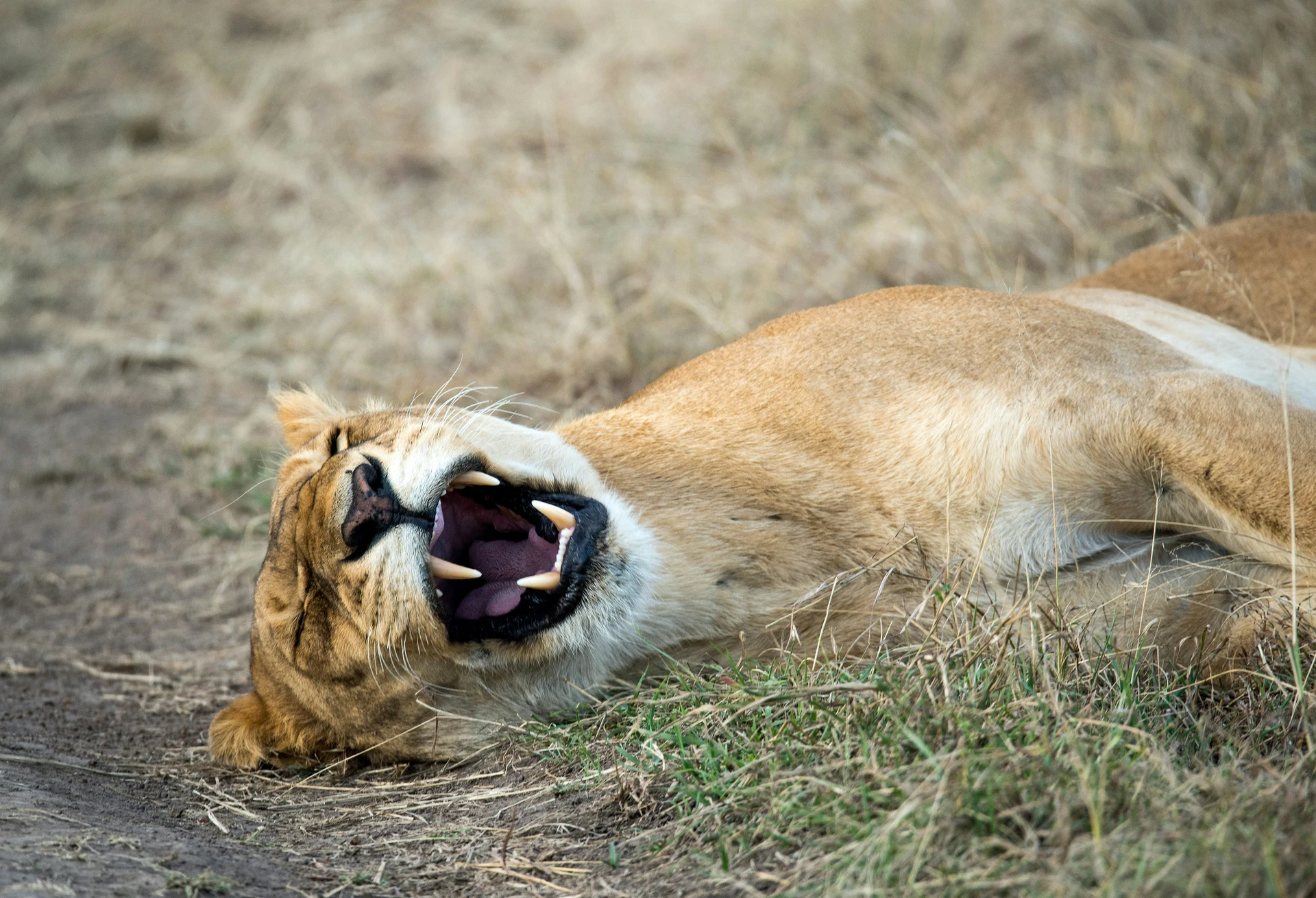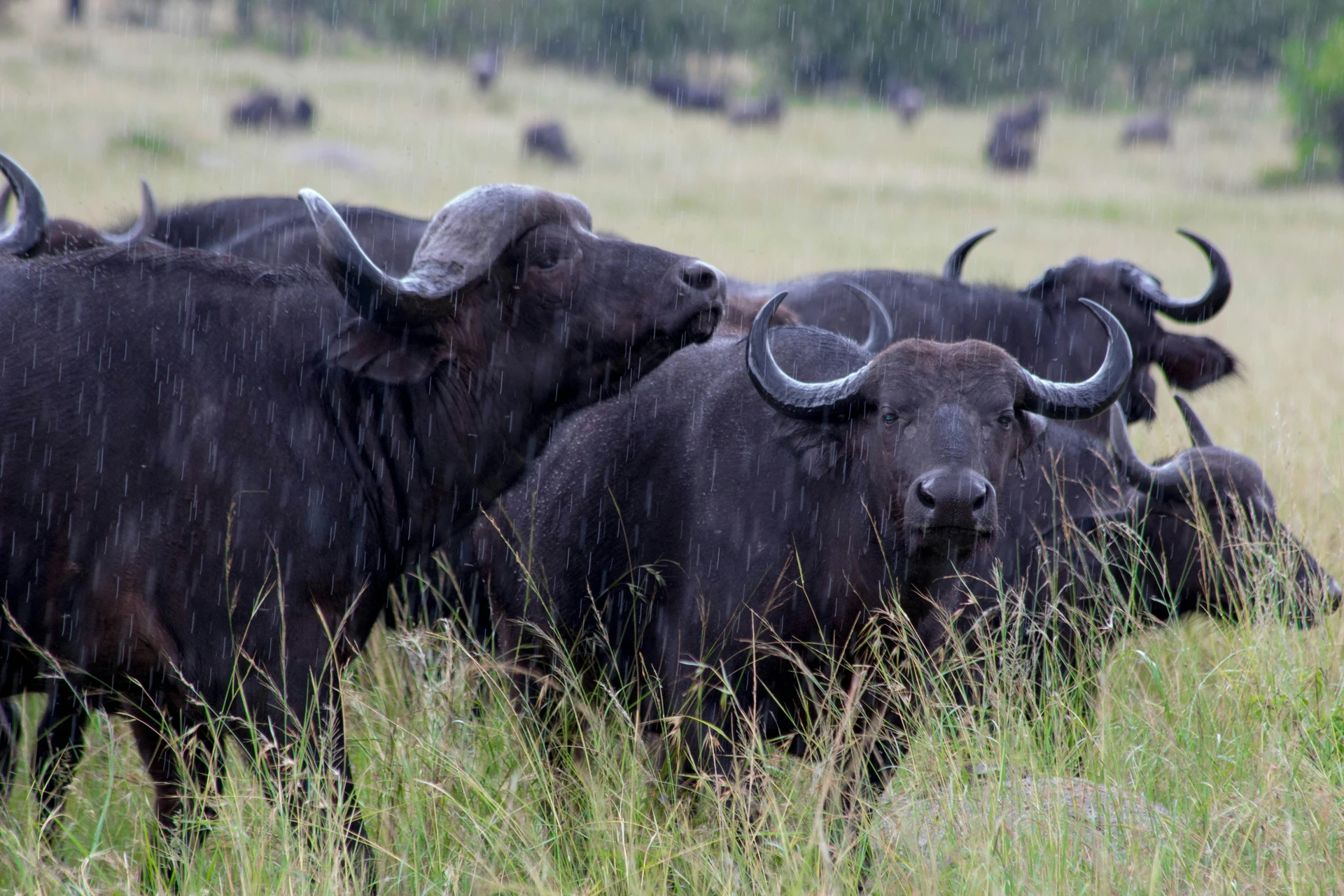Table of Contents
What secrets do the diverse array of animal weapons hold within the intricate tapestry of the natural world? Join us on a journey of discovery as we delve into the fascinating evolution of horns, antlers, tusks, claws, and fangs. From the formidable defenses of elephants to the lightning-fast strikes of venomous snakes, the animal kingdom boasts an arsenal of weaponry shaped by millions of years of evolution.
In this article, we’ve explored the multifaceted roles of animal weapons, categorized into cranial and appendicular adaptations. Cranial weapons such as antlers, horns, and tusks serve as symbols of dominance and vitality, while appendicular weapons like claws, fangs, and stingers are finely tuned tools for hunting and defense. Through examples ranging from the majestic elk to the venomous Gaboon viper, we’ve uncovered the diverse functions and evolutionary significance of these remarkable structures. Join us as we continue to unlock the secrets of nature’s arsenal and gain deeper insights into the intricate workings of the animal kingdom.

Understanding Animal Weapons: An Overview
Animal weapons encompass a wide range of specialized structures or adaptations evolved by various species for defense, predation, or competition within their ecosystems. Let’s delve into the intricacies of these remarkable adaptations by categorizing them into distinct subcategories.

Cranial Weapons: Horns, Antlers, and Tusks
Antlers
Antlers are branched structures primarily found in members of the deer family, including elk, moose, and reindeer. These bony appendages are unique in that they are shed and regrown annually, reaching impressive sizes during mating seasons. For example, the majestic antlers of the elk can span up to four feet in width, serving as symbols of dominance and vitality.
Horns
Horns are permanent structures composed of a bony core covered by a keratin sheath. They are prevalent among bovid species such as cattle, sheep, and goats. Horns serve various functions, including defense against predators, establishing dominance within social hierarchies, and foraging. The African buffalo’s formidable horns, spanning up to five feet in length, are crucial for warding off predators and competing for mates.
Tusks
Tusks are elongated, protruding teeth found in several animal species, with elephants being the most iconic example. These ivory structures serve multiple purposes, including defense, foraging, and social interactions. Elephant tusks, revered for their ivory, are essential for digging for water, stripping bark from trees, and asserting dominance within herds. The Narwhal, often dubbed the “unicorn of the sea,” possesses a single, spiraled tusk that may play roles in communication and mating displays.

Appendicular Weapons: Claws, Fangs, and Stingers
Claws
Claws are specialized structures found in various mammalian and avian species, adapted for gripping, tearing, and climbing. Cheetahs, renowned for their incredible speed, possess semi-retractable claws that provide traction and grip during high-speed pursuits. These adaptations enable cheetahs to make sharp turns while chasing down prey with unparalleled agility.
Fangs
Fangs are elongated, specialized teeth designed for injecting venom or delivering lethal bites. Venomous snakes, such as cobras and vipers, possess hollow fangs connected to venom glands. These potent toxins immobilize prey, making them easier to consume while deterring potential threats. The Gaboon viper boasts the longest fangs of any snake, reaching lengths of up to two inches.
Stingers
Stingers are modified appendages found in various insect species, including bees, wasps, and ants. These structures are equipped with venom glands, allowing insects to defend themselves against predators and incapacitate prey. The potent venom delivered by stingers serves as both a defensive mechanism and a tool for subduing potential threats.

Conclusion: Unveiling Nature’s Arsenal
In conclusion, the evolution of animal weapons showcases the remarkable ingenuity and adaptability of species across the animal kingdom. From the majestic antlers of deer to the venomous fangs of snakes, each weapon serves a crucial role in the survival and reproductive success of its wielder. These adaptations are the result of millions of years of natural selection, sculpted by the relentless forces of predation, competition, and environmental challenges.
As we unravel the mysteries of animal weapons, we gain a deeper appreciation for the intricacies of nature’s design. These formidable structures not only enable animals to thrive in diverse habitats but also shape the dynamics of entire ecosystems. Delve deeper into the wonders of the animal kingdom by exploring our 18 Amazing Cat Facts You Didn’t Know Before post or discovering the Secret Lives of Elephants in our mammals category.
F. A. Q. about Animal Weapons
What are animal weapons?
Animal weapons are specialized structures or adaptations evolved by animals for defense, predation, or competition within their ecosystems. These weapons come in various forms, including cranial weapons like horns, antlers, and tusks, as well as appendicular weapons such as claws, fangs, and stingers.
Which animals have weapons?
Numerous animal species possess weapons adapted for survival and reproduction. Examples include deer with antlers, elephants with tusks, cheetahs with claws, and snakes with venomous fangs. Additionally, insects like bees and wasps wield stingers as defensive mechanisms.
What are some of the deadliest animal weapons?
Some of the deadliest animal weapons include the venomous fangs of snakes, the powerful tusks of elephants, and the razor-sharp claws of big cats like cheetahs and lions. These weapons are essential for hunting, defense, and establishing dominance within their respective ecosystems.
What are the types of animal weapons?
Animal weapons encompass a wide variety of structures and adaptations, including cranial weapons like horns, antlers, and tusks, as well as appendicular weapons such as claws, fangs, and stingers. Each type of weapon serves a specific function tailored to the species’ survival strategy.


